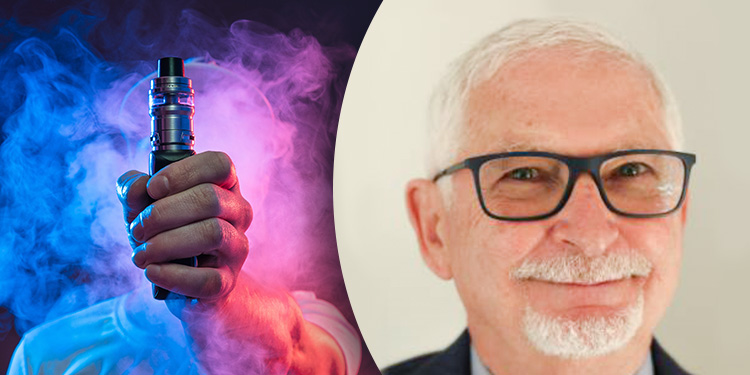
The end of combustion is in sight for tobacco, just as it is for fossil fuels. Many groups are trying to stop tobacco harm reduction (THR), but THR will be driven forward by the dynamic of new nicotine technologies, consumer interest, and good regulation.
THR is here for good: it’s an easy fix that will have a massive impact on world health.
THR is a free gift: companies meet the R&D and manufacturing costs, and consumers meet the purchase costs. It is one of the classic, but often unremarked, health interventions that doesn’t require government expenditure.
THR is simple: it requires acceptable, accessible and affordable products and a regulatory framework that ensures product standards.
Tobacco harm reduction saves lives. We don’t need randomised controlled trials to show that lower-risk products lead to less harm; just as we don’t need RCTs to prove that avoiding petrol and diesel is better for the environment. Nor do we need to treat smokers for their addiction, just as we don’t treat people for their addiction to driving cars.
But what a mess this has become.
Some days the prospects look bleak.
The Australian government’s bizarre laws make nicotine for vaping only available on prescription – that’s like me going to a general practitioner for a Starbucks coffee prescription.
The FDA in the United States is pursuing a bureaucratic nightmare leading to the massacre of nicotine products.
Several European countries are considering flavour bans.
The WHO continues its campaign against vaping, including scandalous images of kids vaping.
Anti-THR sentiment globally is nourished by big philanthropy.
The Campaign for Tobacco Free Kids, riding on $160 million from Bloomberg to fight flavours, has succeeded in pushing falsehoods about the supposed danger nicotine poses to America’s youth.
There is the foul campaign from the Orwellian named Truth Initiative – built around a fake product called Depression Sticks – which falsely claims that nicotine causes mental illness. This campaign harms young people.
What a mess these organisations have created.
It’s not all bad news – there are some good prospects:
The dominant regulatory response is not to ban nicotine vaping but to regulate products.
The FDA has issued PMTA’s for General Snus, IQOS– and a small number of e-cigarette products.
Safer nicotine products can become rapid substitutes for smoking cigarettes – in Sweden, the UK, Norway, Iceland and Japan.
The UK is progressive. It has normalised vaping (but still bans snus). There are vape shops in even the smallest towns. There is no moral panic about vaping, except amongst a tiny number of public health dinosaurs.
But even here there are troubling signs. The recent report for the All-Party Parliamentary Group of Smoking and Health written by ASH and the SPECTRUM consortium has no positive recommendation on e-cigarettes.
So – are we going backwards or are we going forwards?
Some days the prospects look bleak but overall the prospects are good.
Tobacco harm reduction is unstoppable – driven by the dynamic of good products and consumer interest. Transformations in tobacco consumption have, historically, been rather slow – it took around 50 years for the machine rolled cigarette to dominate other ways of consuming nicotine. The question is the speed of transition. The longer it takes, the more deaths.
The question is not whether safer nicotine products will replace cigarettes and other harmful tobacco products, but when.
Tobacco harm reduction is here… for good.
